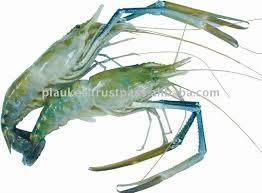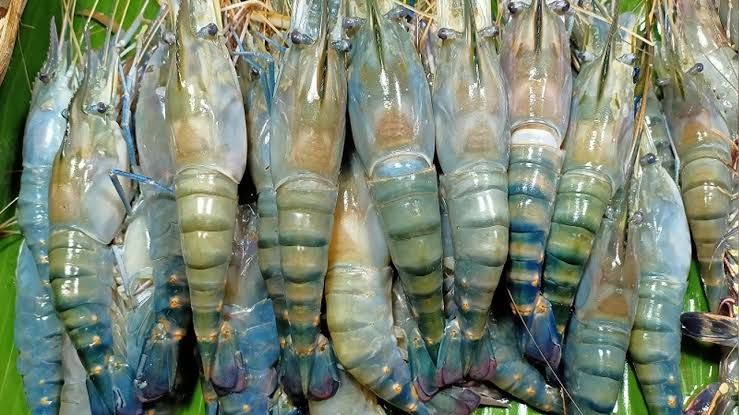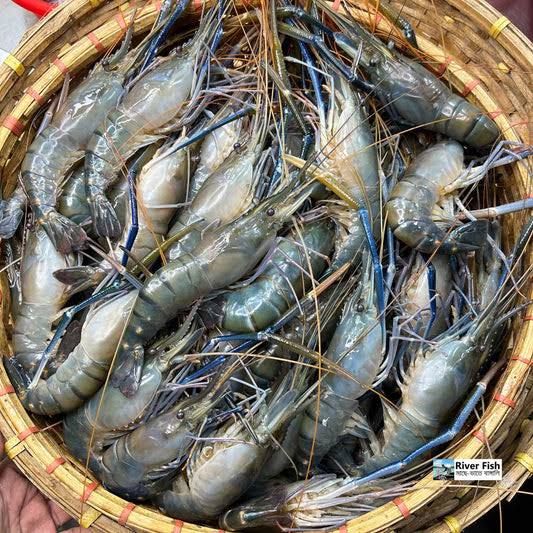
Bismillaher Rahmanir Rahim.
Assalamu Alaikum Wa Rahmatullahi Wa Barakatuhu
Dear Companions Today I want to share with you some words about the evils of killing foetuses.Welcom to this post and congratulations to all
Shrimp farming and marine shrimp harvesting are significant contributors to the economy of Bangladesh, generating income and employment opportunities for many people, especially in coastal regions. The industry plays a crucial role in the country's export earnings and overall economic growth. Here's a detailed discussion of how shrimp farming is carried out, as well as how marine shrimps are harvested, processed, and exported in Bangladesh.
- Shrimp Farming in Bangladesh
Shrimp farming, particularly of species like the black tiger shrimp (Penaeus monodon) and white-leg shrimp (Litopenaeus vannamei), is a widespread practice in Bangladesh. The country has ideal conditions for shrimp farming, with its extensive coastal areas, suitable climate, and brackish water resources.

source
Process of Shrimp Farming:
Site Selection: Shrimp farms are usually located in coastal areas, using ponds that are naturally or artificially connected to the tidal water systems. The site is selected based on water quality, soil conditions, and access to natural water sources.
Pond Preparation: Before stocking shrimp, ponds are prepared to create optimal conditions for shrimp growth. This includes cleaning, drying, and treating the pond bottom, as well as managing the pH and salinity levels of the water.
Stocking: Shrimp larvae or post-larvae (PL) are introduced into the ponds at a specific density. In Bangladesh, farmers often use hatchery-produced PL to ensure better survival and growth rates.
Feeding and Water Management: The shrimps are fed a balanced diet that may include commercial feeds, organic supplements, and natural plankton. Proper water quality management is essential to maintain the right levels of oxygen, pH, and salinity in the pond.
Growth Monitoring: Farmers closely monitor the growth and health of shrimps, checking for signs of disease or inadequate water conditions. Regular sampling is conducted to track their development.
Harvesting: Once the shrimp reach market size, they are harvested. This typically happens after 4-6 months, depending on the species and farming practices. Harvesting is usually done manually by draining the pond or using nets to collect the shrimps.
- Marine Shrimp Harvesting
Marine shrimp, found in the Bay of Bengal, are also an essential part of Bangladesh's seafood industry. The harvesting of these shrimps involves both traditional and modern fishing methods.
Harvesting Process:
Fishing Methods: Marine shrimps are caught using a variety of fishing techniques, including trawling, seine nets, and set bag nets. Trawling is the most common method, where large nets are dragged through the water to collect the shrimp.
Seasonality: The peak season for marine shrimp harvesting is during the monsoon and post-monsoon periods when shrimp populations are at their highest in the coastal waters.
Sustainability Practices: To protect the marine ecosystem and ensure the long-term viability of shrimp stocks, Bangladesh has regulations in place that limit fishing efforts, including restrictions on fishing during breeding seasons and designated protected areas.
- Processing of Shrimp
The processing of shrimp is a critical step in ensuring the product meets international quality standards. This process involves several steps to prepare the shrimp for export.

source
Processing Steps:
Sorting and Grading: The shrimps are first sorted and graded based on size, species, and quality. This is done to ensure uniformity in the final product.
Cleaning: Shrimps undergo a thorough cleaning process to remove any impurities, shells, or heads if necessary. This is often done in clean, sanitized facilities to maintain hygiene standards.
Freezing: To preserve freshness and quality, shrimp are frozen immediately after cleaning. Quick-freezing methods, like blast freezing or individual quick freezing (IQF), are commonly used to maintain the texture and flavor of the shrimp.
Packaging: The frozen shrimp are then packaged in vacuum-sealed containers or cartons that are labeled with necessary information, including the product type, weight, and handling instructions.
- Export of Shrimp
Shrimp exports are a major source of foreign exchange for Bangladesh, with products being shipped to various countries, particularly in Europe, the United States, and Asia.
Export Process:
Quality Control: Strict quality control measures are followed to ensure that the shrimp meet international standards. This includes compliance with food safety regulations, certification by health authorities, and adherence to export standards.
Certification: Shrimps must be certified as free from contaminants and meet the safety requirements of the importing countries. Bangladesh's shrimp industry often adheres to standards like the Hazard Analysis Critical Control Point (HACCP) and ISO certifications.

source
Logistics: The frozen and packaged shrimp are transported in refrigerated containers to maintain their quality during transit. Efficient logistics and shipping arrangements ensure that the products reach their destination markets on time.
Market Destinations: Bangladesh's main export markets for shrimp include countries in Europe, the United States, Japan, and China. The demand for Bangladeshi shrimp is high due to its quality, taste, and competitive pricing.
- Economic Impact
The shrimp industry plays a vital role in the economy of Bangladesh:
Employment: It provides direct and indirect employment to millions of people in coastal areas, including farmers, laborers, processors, and exporters.
Foreign Exchange Earnings: Shrimp exports account for a significant portion of Bangladesh's total export earnings, contributing to the country's GDP.
Rural Development: The industry supports rural development by providing livelihoods to coastal communities and helping to reduce poverty in these regions.
Challenges and Opportunities
Despite its success, the shrimp industry in Bangladesh faces several challenges, including disease outbreaks in farms, environmental concerns, market competition, and compliance with international standards. However, there are also opportunities to expand the sector through improved farming techniques, sustainable practices, and exploring new markets.
Shrimp farming and marine shrimp harvesting have become essential parts of Bangladesh's economy, driving growth and development in coastal areas. Through sustainable practices, technological advancements, and stringent quality control measures, Bangladesh continues to be a key player in the global shrimp market, contributing significantly to its economy and livelihoods.

Upvoted. Thank You for sending some of your rewards to @null. Get more BLURT:
@ mariuszkarowski/how-to-get-automatic-upvote-from-my-accounts@ blurtbooster/blurt-booster-introduction-rules-and-guidelines-1699999662965@ nalexadre/blurt-nexus-creating-an-affiliate-account-1700008765859@ kryptodenno - win BLURT POWER delegationNote: This bot will not vote on AI-generated content